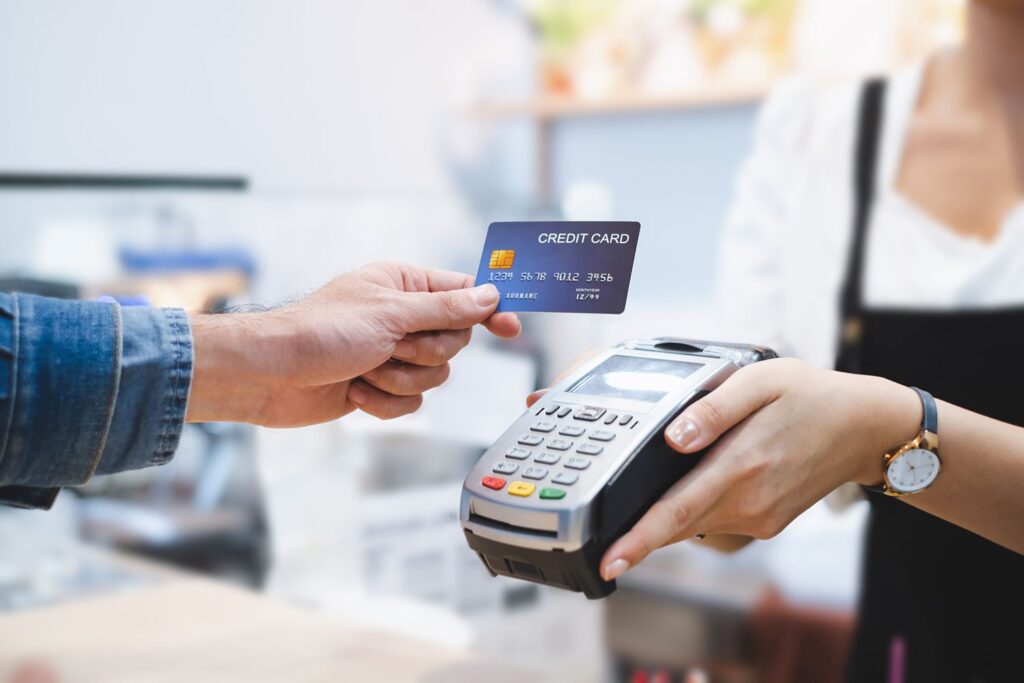The Role of Physical and Virtual Debit Cards in Contactless Payments

Physical and Virtual Debit Cards
Contactless payments have become increasingly popular in recent years, and physical and virtual debit cards have played a vital role in facilitating these transactions. Both physical and virtual debit cards have unique advantages and limitations when it comes to contactless payments, and understanding these can help consumers make informed decisions about which type of card to use in different situations.
Physical debit cards have been the standard for many years, and they continue to be widely used today. They are made of plastic and are embossed with the cardholder’s name and account information. When making a contactless payment with a physical debit card, the card is simply tapped or waved over a contactless payment terminal, and the transaction is completed. This makes physical debit cards extremely convenient for in-person transactions, especially at places like fast-food restaurants, convenience stores, and other places where speed and convenience are essential.
One of the main advantages of physical debit cards is that they are widely accepted. Most retailers and merchants accept physical debit cards as a form of payment, and many offer contactless payment options for added convenience. Additionally, physical debit cards offer an added layer of security because they require the cardholder to be present at the point of sale. This helps to prevent fraud and other unauthorized transactions.
Virtual debit cards, on the other hand, are relatively new to the world of contactless payments. They are digital versions of physical debit cards that can be accessed through a mobile app or digital wallet. Virtual debit cards work in much the same way as physical debit cards, but they do not require the cardholder to carry a physical card with them. Instead, the card information is stored securely within the app or digital wallet, and the user can make contactless payments by simply holding their phone or other device near a contactless payment terminal.
One of the main advantages of virtual debit cards is that they are extremely convenient. Users can access their card information quickly and easily through a mobile app, and they do not have to worry about carrying a physical card with them. Additionally, virtual debit cards offer enhanced security features, such as the ability to lock and unlock the card remotely, set spending limits, and receive real-time notifications about transactions. This can help to prevent fraud and unauthorized use of the card.
However, virtual debit cards do have some limitations. They may not be accepted at all merchants, particularly those that do not offer contactless payment options. Additionally, virtual debit cards may not be as widely accepted as physical debit cards in certain parts of the world. Finally, virtual debit cards rely on an internet connection to function, which may be problematic in areas with poor connectivity.
In conclusion,Both physical and virtual debit cards play important roles in contactless payments. Physical debit cards are widely accepted and offer an added layer of security, while virtual debit cards are extremely convenient and offer enhanced security features. Consumers should weigh the advantages and limitations of each type of card when deciding which one to use for a particular transaction. As contactless payments continue to grow in popularity, it is likely that both physical and virtual debit cards will continue to play important roles in facilitating these transactions.






